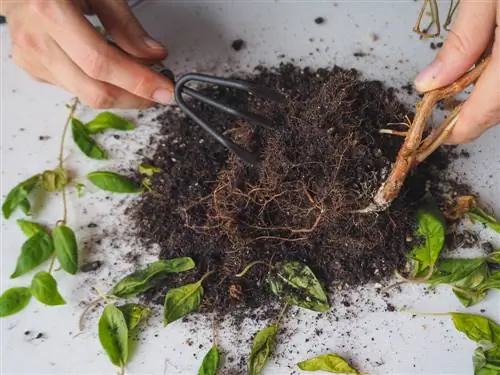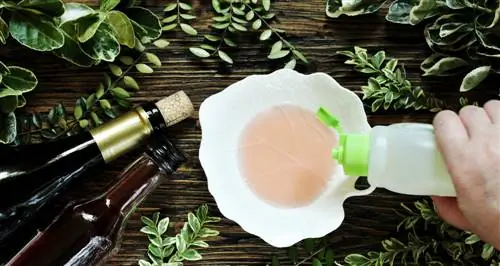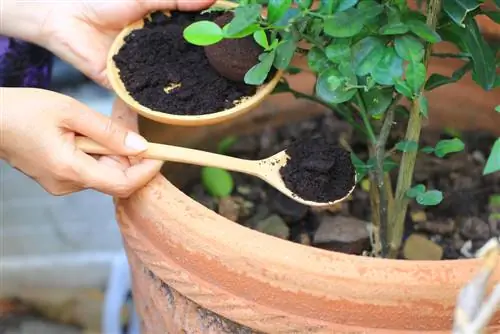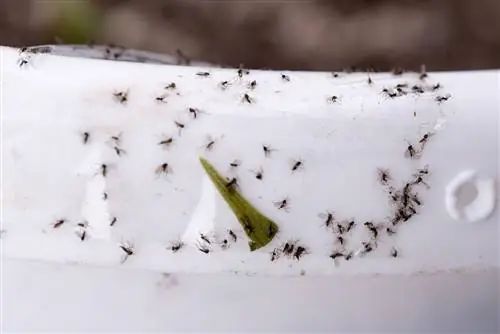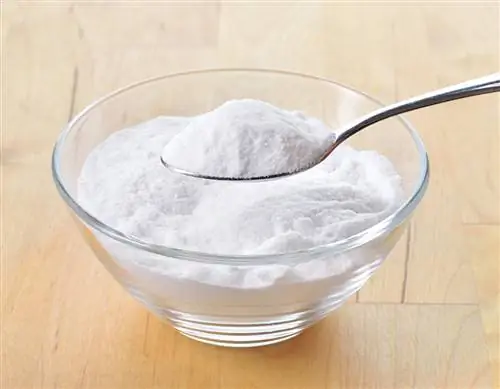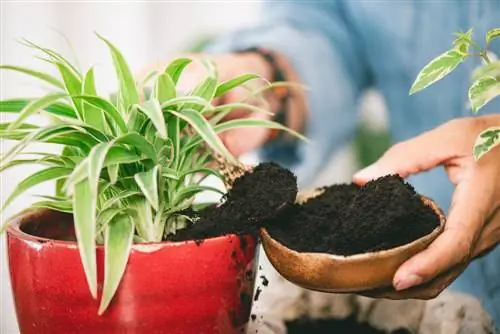- Author admin [email protected].
- Public 2023-12-16 16:46.
- Last modified 2025-01-23 11:22.
There are many pests. Each type of infestation requires individual treatment that is tailored precisely to the cause. This is also the case with the fungus gnat. If you are unsure whether it is really the pest, you can find out the exact damage caused by the fungus gnat here.
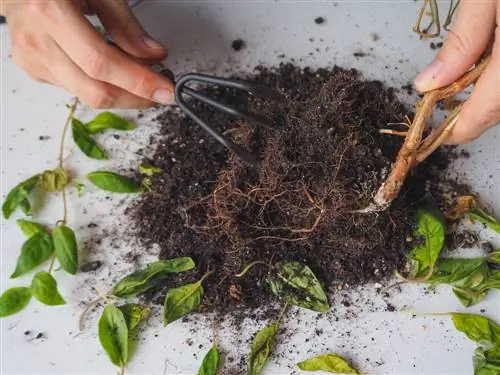
How do I recognize the damage caused by the fungus gnat?
The damage caused by the fungus gnat is manifested by stunted plant growth, the death of cuttings and seedlings, dried leaves, eaten stems and accumulations of the animals on the plant and in the potting soil. Young and weakened plants are particularly at risk.
Symptoms
You should pay attention to the following symptoms:
Characteristics of the plant
- Crippled Growth
- Cuttings and seedlings die.
- Dried leaves (easily confused with lack of water)
- Numerous animals buzz around the plant.
- Large accumulations on the potting soil
- Eaten Plant Stems
Characteristics of the fungus gnat
- Dark Body
- Dark Wings
- Slim body
- 2 to 7 cm long
- Trunk protrudes above the animal's head
- Fly rarely (swinging flight)
- Long legs
- Increased occurrence in warm and high humidity, avoid cold
Direct and indirect damage
Biologists differentiate between two types of fungus gnat damage:
- The direct damage
- The indirect damage
The direct damage
The direct damage caused by the fungus gnat usually affects younger, weakened specimens or cuttings. It occurs when fungus gnat larvae nibble on the roots and extract the plant sap. The symptoms mentioned above are typical.
The indirect damage
The indirect damage is always a consequence of the direct damage. If the fungus gnats have weakened the plant due to the infestation, it also becomes susceptible to fungal diseases. Sometimes the pests also act as a direct vector of a secondary disease.
Particularly endangered plants
Sad gnats settle primarily on cuttings and young plants, while older, robust plants are spared. The pests make no difference between useful and ornamental plants. Basically any type of plant can suffer from a fungus gnat infestation. However, the animals are particularly common on the following varieties:
- Orchid
- Fern
- Geranium
- Potato
- Red Clover
- Wheat
- parsley
- Cactus
- Dill

